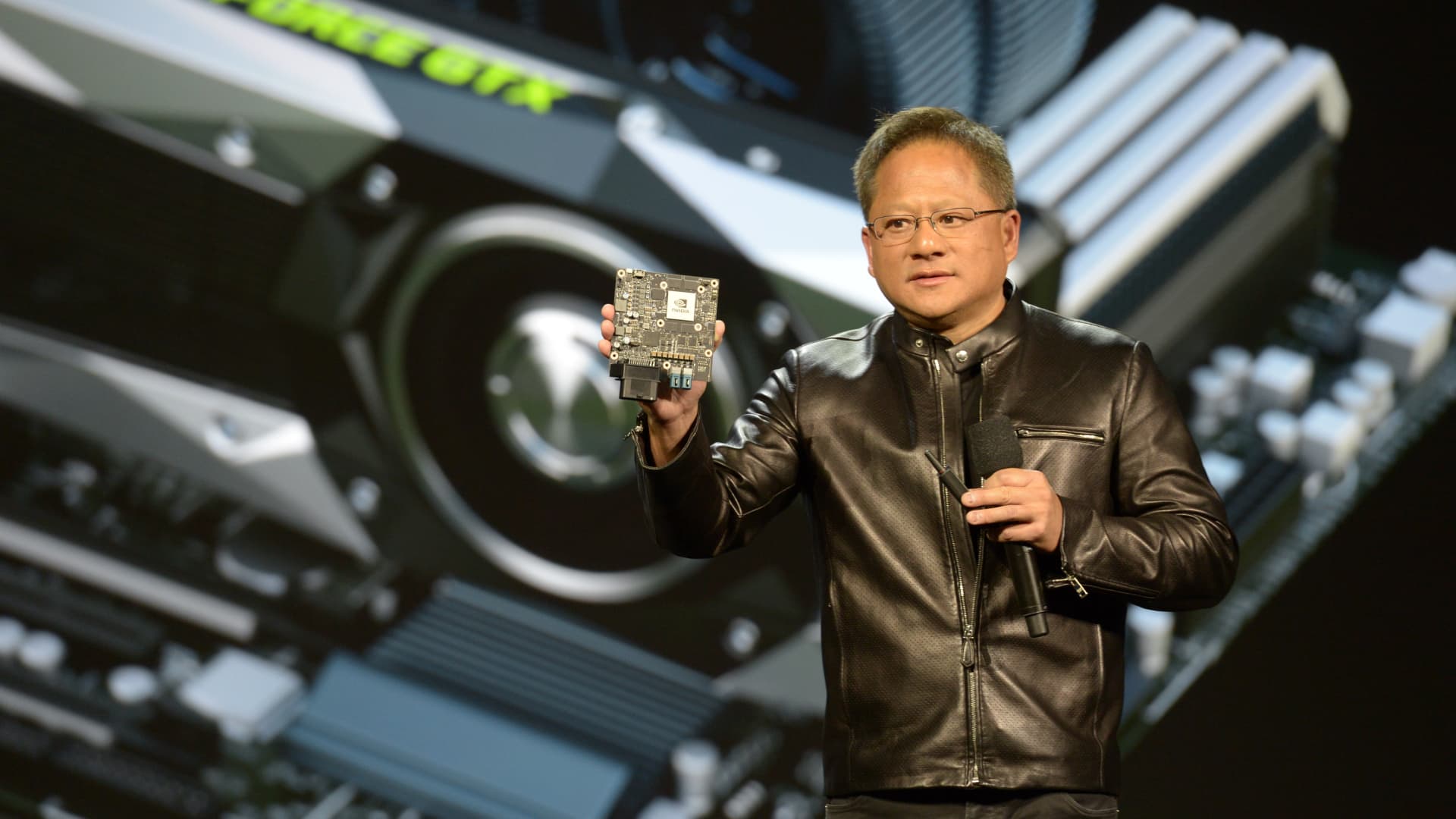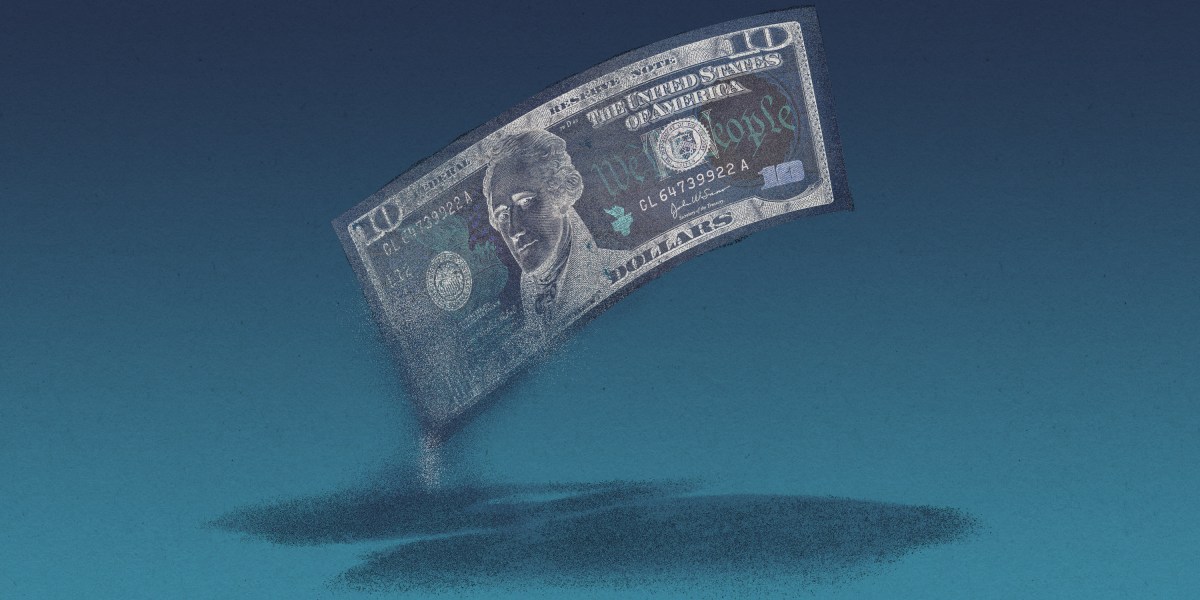Meet the next generation of AI superstars

So smart! So talented! This week I’m pleased to introduce you to a new crop of bright minds working on some of the most challenging problems in AI and beyond. You can read MIT Technology Review’s full list of 35 Innovators Under 35 here.
We’ve previously highlighted some of the most promising people in tech before they became household names. In 2002, the list included two young innovators named Larry Page and Sergey Brin of Google. A 23-year-old Mark Zuckerberg was on the list in 2007. In 2008 we featured Andrew Ng, who wrote an excellent essay for us this yea sharing his tips for aspiring innovators on trying, failing, and the future of AI.
This year we’ve seen tech companies racing to release their hottest new AI systems, and often neglecting safety and ethics. The AI scientists on this year’s innovators list are more aware than ever of the harm the technology can pose, and are determined to fix it. To do that, they’re pioneering new methods that are helping to shift the way the AI industry thinks about safety.
Sharon Li, pictured above and our Innovator of the Year, is an assistant professor at the University of Wisconsin, Madison. She created a remarkable AI safety feature called out-of-distribution detection. This feature helps AI models determine if they should abstain from action when faced with something they weren’t trained on. This is crucial as AI systems are rolled out from the lab and encounter new situations in the messy real world.
Irene Solaiman, global public policy director at Hugging Face, developed an approach that calls for tech companies to release new models in phases, allowing more time to test them for failures and build in guardrails.
Many of our innovators are working to fight climate change. I was delighted to see so many people on the list using their skills in AI to tackle the biggest problem facing humanity, either by helping the AI community track and lower its emissions or by using AI to mitigate emissions in highly polluting industries.
Sasha Luccioni, an AI researcher at startup Hugging Face, has developed a better way for tech companies to estimate and measure the carbon footprint of AI language models.
Catherine De Wolf of ETH Zurich is using AI to help reduce emissions and the waste of materials in the construction industry.
Alhussein Fawzi of DeepMind developed game-playing AI to speed up fundamental computations, which helps to cut costs and save energy on devices.
This year’s innovators are also working on practical applications of AI that illustrate how the technology could become more and more useful. They’re coming up with exciting new ways to use it to boost scientific research and build helpful tools in other fields.
Lerrel Pinto of New York University is using AI to help robots learn from their mistakes. This, he hopes, will lead to robots in the home that do a lot more than vacuum—and could become more integral to our daily lives.
Connor Coley of MIT developed open-source software that uses artificial intelligence to help discover and synthesize new molecules.
Pranav Rajpurkar of Harvard Medical School has developed a way for AI to teach itself to accurately interpret medical images without any help from humans.
Richard Zhang, a senior research scientist at Adobe, invented the visual similarity algorithms underlying image-generating AI models like Stable Diffusion and StyleGAN. Without his work, we would not have the image-generating AI that has captivated the world.
That’s not all! This year’s list is brimming with inspiring people and ideas for the next big thing in robotics, computing, biotechnology, and climate and energy. Read the full list of this year’s young innovators here.
And finally, if you work in AI and you think you’ve got some exciting, cutting-edge stuff to share, get in touch! We’re always interested in hearing from people doing interesting work.
Deeper Learning
DeepMind’s cofounder: Generative AI is just a phase. What’s next is interactive AI.
DeepMind cofounder Mustafa Suleyman wants to build a chatbot that does a whole lot more than chat. Here’s Suleyman’s pitch: In the future, we’ll have what he calls interactive AI, meaning bots that can carry out tasks you set for them by calling on other software and other people to get stuff done. He’s founded a new billion-dollar company, Inflection, to build it.
Come again? Suleyman, who left DeepMind in 2022, has some … interesting … thoughts about the success of online regulation, which border on naïveté. (“It’s pretty difficult to find radicalization content or terrorist material online. It’s pretty difficult to buy weapons and drugs online.”) Despite that, he remains earnest and evangelical in his convictions, and he is in a position to make big moves in the industry. He sat down with MIT Technology Review’s senior editor for AI, Will Douglas Heaven, to chat about his plans and the need for robust AI regulation. Read more here.
Bits and Bytes
AI just beat a human test for creativity. What does that even mean?
A new study found that AI chatbots achieved higher average scores than humans in a test commonly used to assess human creativity. The findings do not necessarily indicate that AIs are developing an ability to do something uniquely human. However, they might give us a better understanding of how humans and machines approach creative tasks. (MIT Technology Review)
This driverless-car company is using chatbots to make its vehicles smarter
Self-driving-car startup Wayve can now interrogate its vehicles, asking them questions about their driving decisions—and getting answers back. The idea is to use the same tech behind ChatGPT to help train driverless cars. (MIT Technology Review)
How Silicon Valley doomers are shaping Rishi Sunak’s AI plans
The UK’s prime minister, Rishi Sunak, is keen to boost his country’s AI industry. But in a short span of time, something has shifted in the UK’s approach. The country seems to be becoming a cheerleader for the AI doom narrative, thanks to heavy lobbying from the effective altruism movement. (Politico)
Silicon Valley’s AI religion
A thought-provoking piece about something I too have observed in the tech space: technologists are increasingly weaving a narrative around AI and artificial general intelligence that isn’t that dissimilar from religious narratives. This story connects the dots.
(Vox)
How generative AI works
A great and helpful visual explainer that’s essential reading for anyone AI-curious. (The Financial Times)




